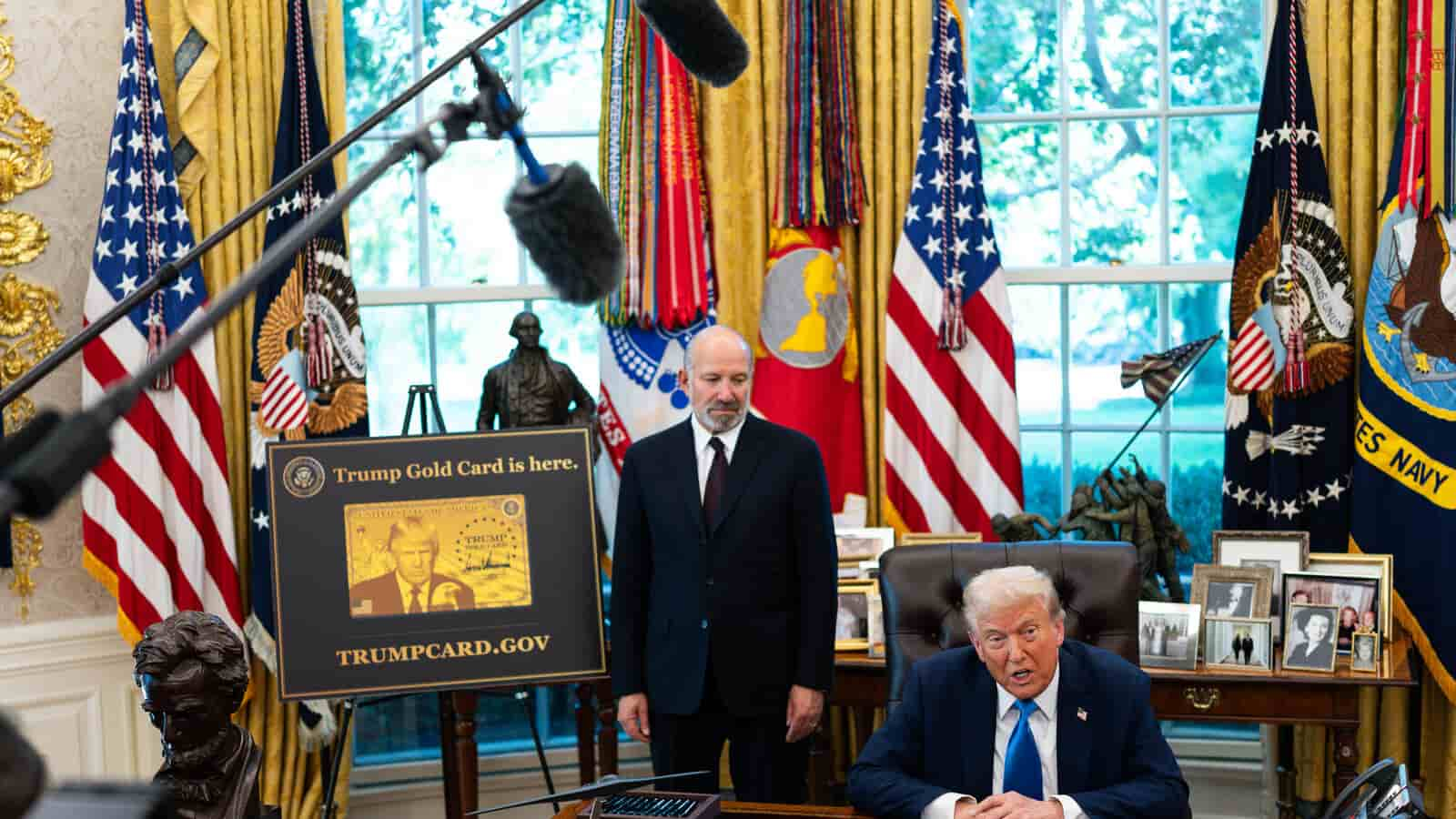A backlash has begun as Google employees protest against Trump’s new $100,000 fee on H-1B visas. A group of unionized Google workers outside the New York office voiced concerns about the 6,600% increase in H-1B visas. The policy was imposed as a security measure, but its rules only proliferated more confusion. The confusion is leading to more fear among the H1-B visa holders. And so the employees are coming together to fight. Will Google favor the employees? Will the government consider the workers’ anger? Learn more.
Why Did the Workers Protest?
Especially the tech industry in the US is hit hard with panic as the fee grew by a whopping 6,600%. Many fear losing their jobs, and companies are forced to pay the fee themselves.
That’s why the workers are protesting:
- The employees want Google to stand with its employees and speak against the policy.
- The employees are demanding special support for immigrant Google employees, such as extended severance pay, in the event that H-1B workers are laid off.
- These matters demand attention because H-1B holders have only a short time to find another job. In case they don’t find one, they’ll end up losing their legal status in the US.
What Did Google Do Internally?
Immediately after Trump’s order, Google’s immigration law firm (BAL) sent an urgent internal memo. The memo informed that H-1B employees traveling abroad should return immediately. The memo also warned the employees traveling abroad of the difficulties of entering the US.
What Did the White House Clarify Later?
- The White House clarified that the new $100,000 fee policy will only apply to new H-1B applications starting in March 2026.
- Therefore, current H-1B visa holders (and those renewing their visas) don’t need to worry, as they won’t be affected.
- The confirmation came from the White House so late that panic had already taken hold among the employees, and they were taking to the streets to protest.
- Even now, there’s no clear understanding of how the fees will be collected and whether they will be collected annually or each time the US is entered.
How Big Is the Impact?
Notably, Google has applied for 5,500 H-1B visas in 2024, so the immediate effect is, of course, on the existing employees. However, the new policy will have a severe impact on Google in the future, especially for these applications.
Reactions From the Tech World
- The policy made headlines on the news, and many have gotten off the planes (happened at San Francisco airport), worrying if they would be allowed back.
- Many tech giants (like Amazon, Microsoft, Google, and Tesla) have sent internal messages to their employees asking them not to travel and to return on immediate notice.
Voices From the Protest:
Parul Koul, president of the Alphabet Workers Union, said, “Google is one of the most powerful companies in the world, but they haven’t spoken up for their own workers.”
Tim Traversy, a Google software engineer, asked, “Will they stand with the immigrant workers who helped build this company?”
Where Things Stand?
Current visa holders are safe, but the future ones aren’t. New applicants have to pay $100,000 starting from March 2026. Google is silent at the moment, but its employees want the company to speak up. But the real question is, with Trump standing on the other side of the policy, will Google still speak up for its employees?
